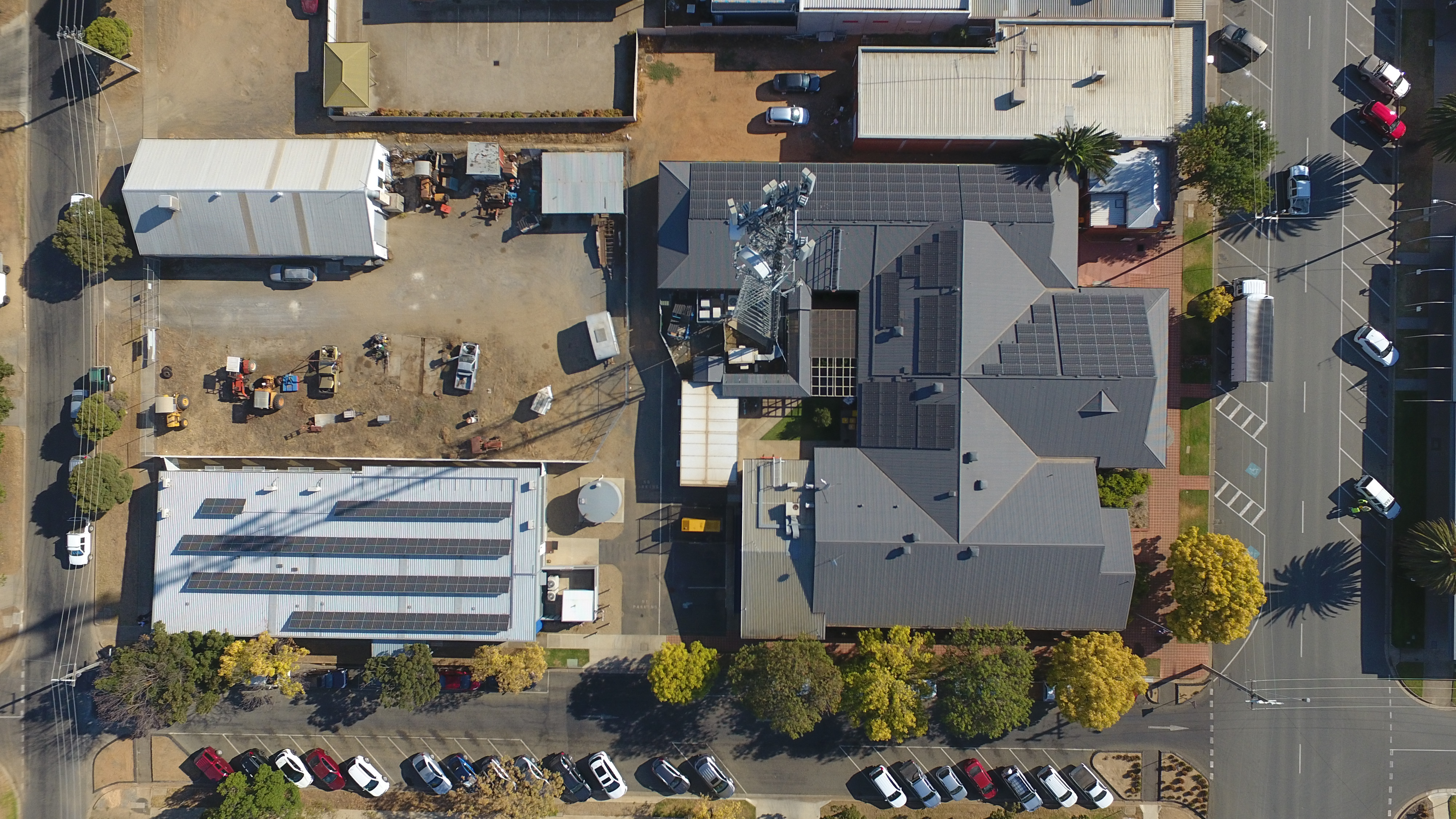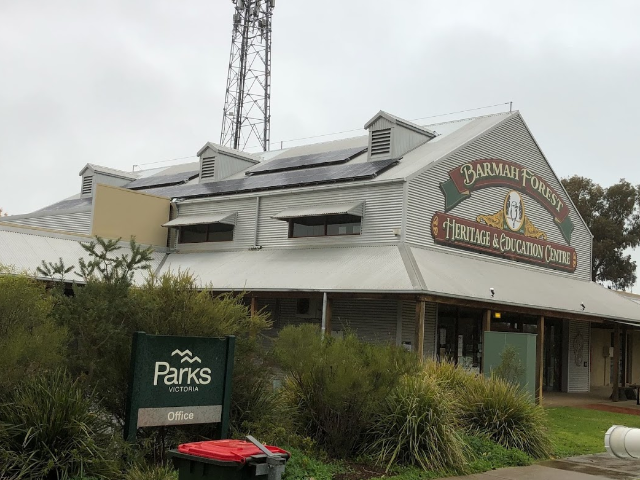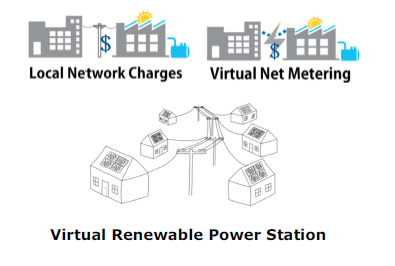What is Moira doing to save energy?
We are committed to reducing energy consumption for both environmental and financial reasons.
As per the Emissions Reduction Plan 2018-2021(PDF, 435KB), council has set a target to reduce emissions by 35% below 2008/09 levels by 2021. A majority of reduction efforts will be targeted toward reducing energy consumption via rooftop solar and lighting, heating and cooling upgrades as well as using green energy.
What solar is doing for us?
The installation of solar panels on several of our buildings is proving to be a great energy saver. Councils greenhouse gas emissions is continually reducing and we are well on target to reach our 35% reduction by 2021. The Cobram service centre has reduced annual electricity consumption by 37%. Our solar installations now include:
Cobram Service Centre
76.6 kW solar PV system
Installed 13 October 2017
Yarrawonga MCH & Preschool
10 Kw solar PV system
Installed 1 Oct 2018
Murray Building
32.5 kW solar PV system
Installed 31 January 2019
Barmah Heritage Centre
9.4 kW solar PV system
Installed 30 May 2019
Cobram Civic Centre
20.1 kW solar PV system
Installed 5 June 2019
Cobram Depot
29.7 kW solar PV system
Installed 5 June 2019
Watts Working Better
By replacing over 1,700 old street lights with highly efficient LED's, council has reduced:
- annual electricity consumption from street lighting by approximately 50%
- annual street lighting expenditure by more than $150,000 and
- annual street lighting emissions by 700 tonnes of CO2.
Virtual Renewable Power Stations (VRPS)
|
In summary, VRPS explored the opportunities for two regional Victorian Councils to participate in distributed renewable energy generation in partnership with community. There was an expectation that these opportunities would be transferable across the local government sector. The project was born out of council discussions on how a council could use its annual electricity expenditure to leverage local renewable energy generation as opposed to purchasing electricity through existing mechanisms.
|
VRPS looked at multiple opportunities potentially available to councils to make ‘better’ use of their annual electricity expenditure. The project commenced with an investigation of the concept of using regional community owned assets to host renewable energy generation infrastructure to create a virtual renewable power station and drive adaptation to and investment in decentralised electricity generation infrastructure. In theory this would have allowed council, using a model similar to an electricity retailer, to purchase excess locally generated renewable electricity from the local distribution grid. This concept has been termed a Virtual Renewable Power Station.
|
Through investigation, research and workshops the project has dismissed the viability of a virtual renewable power station in its original context due to regulatory, technology and financial barriers. Evolution of the project meant that with the original concept disproved the next viable option was explored.
This next stage of the project focused on understanding the barriers of regulation and solutions to them as well as focusing on a distributed renewable energy model more likely to succeed in the current regulatory and economic setting, which would be further supported by removal/modification of regulatory barriers. An intra-project partnership with the University of Technology Sydney and the Australian Renewable Energy Agency the project was able to refine the concepts of virtual-net-metering and local-use-of-system-charging as well as their contribution to support for a community solar garden. A community solar garden relies on the same mechanisms as a virtual power station but seeks to deploy generation assets in one central location.
|
|
Ultimately this project has enabled a profound investigation of a novel concept, in the Australian context, and refinement of council knowledge of opportunities to support and participate in distributed renewable energy generation. The project has delivered the following specific outputs; an interactive solar garden investment model to enable would be investors in a community solar garden to see the financial benefit of doing so, the initial business case of a 200kW solar garden and communication resources to share the projects findings, including written reports and a solar garden animation.
On this webpage you can download a number of materials created though this project. The Project Final Report is a good place to start to understand the whole project. Additional project outputs are available in the form detailed technical reports and an interactive business model.
 (PDF, 1MB) (PDF, 1MB)
You may also like to view the brief animation on the project as a quick overview of the whole project.
|